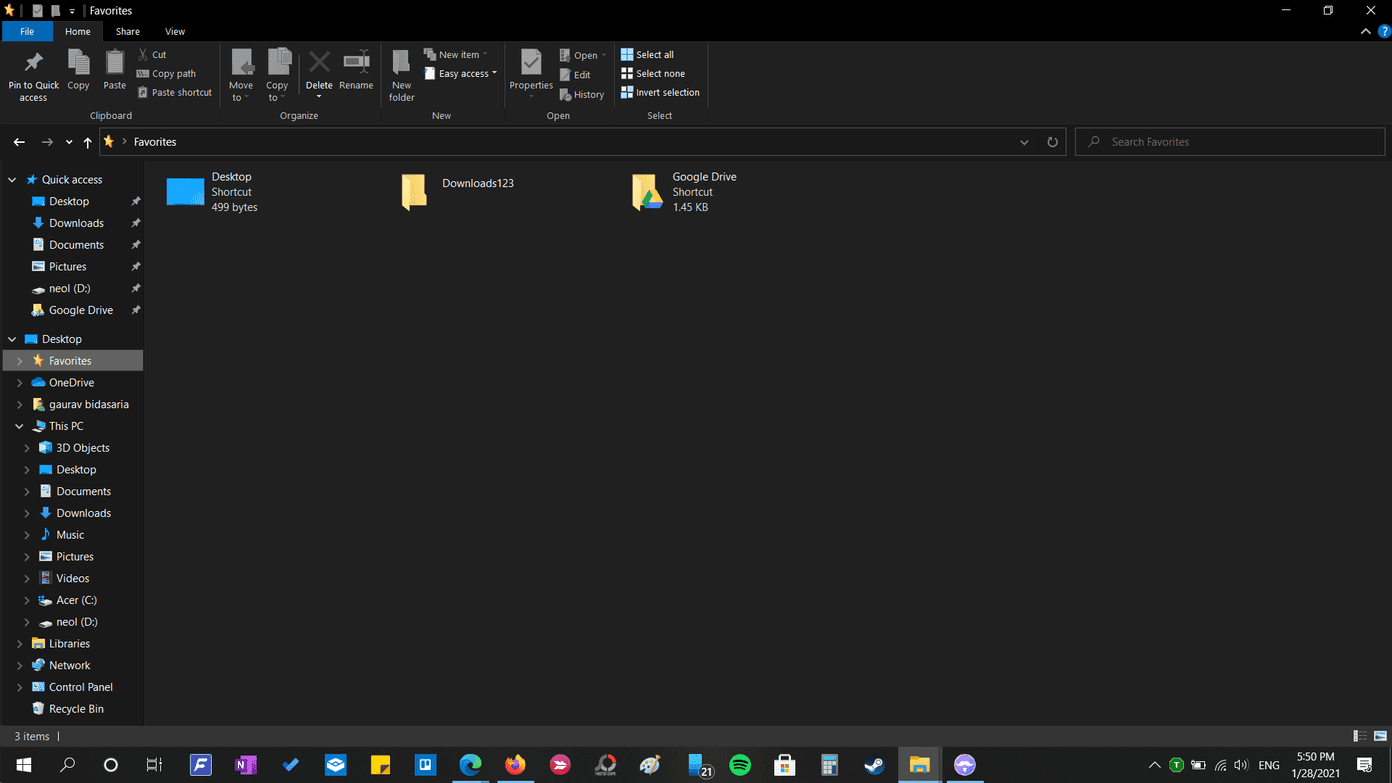Unlike other operating systems (e.g. Windows) with straightforward network reset methods, things are different with macOS. This guide will walk you through the solutions and highlight different ways to troubleshoot Wi-Fi connectivity problems on a Mac by resetting its network settings. Note: You should only reset Wi-Fi settings on Mac when other (basic but effective) troubleshooting methods prove abortive. In simpler words, resetting Mac’s network settings should be your last resort to fix connectivity issues. Before you proceed, you should check out some brilliant (but hidden) tools that let you diagnose your wireless connection on Mac. These tools scan your Wi-Fi network, report connectivity problems, and recommend troubleshooting solutions accordingly. If you’ve run out of options and Wi-Fi still doesn’t work correctly on your Mac (pun intended), get ready to reset its network settings using the methods below.
Re-Add Wi-Fi Interface
This entails deleting your Mac’s Wi-Fi and re-adding it to your device’s network settings. That will also delete all previously-connected networks and other Wi-Fi configurations that might be causing network connection issues on your Mac. Step 1: Launch System Preferences and select Network. Step 2: Select Wi-Fi on the left-hand section and hit the minus (—) icon at the bottom-left corner. That will immediately remove Wi-Fi from the list of connectivity options in the Network settings menu. Proceed to re-add Wi-Fi Step 3: Tap the plus (+) icon at the bottom-left corner. Step 4: Next, tap the Interface drop-down button to reveal other connectivity options. Step 5: Select Wi-Fi from the list. Step 6: Tap Create to add Wi-Fi to your Mac. Step 7: Finally, tap Apply to save the changes made. And that’s it. You’ve successfully reset your Mac’s Wi-Fi settings.
Delete Networking Configuration Files
Another way to reset Wi-Fi settings on Mac is to delete Wi-Fi-related configuration files. It’s also pretty easy to achieve. Simply navigate to the SystemConfiguration folder and delete Property files (plist) holding the Macbook’s network configuration settings. Follow the steps below to get it done. Note: Before you proceed, make sure your Mac’s Wi-Fi is turned off. Step 1: Launch Finder and tap Go on the menu bar. Step 2: Select ‘Go to Folder’ to launch the path navigation window. Quick Tip: You can use the ‘Shift + Command + G’ keyboard shortcut to quickly launch the ‘Go to Folder window.’ Step 3: Enter the path below into the dialog box and tap Go. Step 4: Select the following properties files (plist) from the SystemConfiguration folder and move them to another folder or Trash Bin (you can always restore them later) on your Mac.
com.apple.airport.preferences.plistcom.apple.network.eapolclient.configuration.plistcom.apple.wifi.message-tracer.plistNetworkInterfaces.plistpreferences.plist
You can move these (5) files to the bin if you want but backing them up in another folder is a much better and safer option. In the rare instance that your Mac’s network configuration gets broken afterward, you can easily restore these files to fix the issue. Step 5: Finally, restart your Mac. Upon restart, macOS will create all those new plist files automatically after resetting your Mac’s network settings.
Reset Network Stack or Wi-Fi Connectivity Settings on Mac
The ‘TCP/IP stack’ is colloquially referred to a Network stack on Mac. TCP/IP is an acronym that stands for Transmission Control Protocol/Internet Protocol. Fundamentally, these two protocols are responsible for connecting your device to the internet. If you’re having internet connectivity issues on your Mac and no other troubleshooting solution worked, resetting the TCP/IP network stack to default settings might help. Here’s how. Step 1: Launch System Preferences and select Network. Step 2: Select the affected network interface (Wi-Fi or Ethernet) and tap Advanced. Step 3: Go to the TCP/IP tab. Step 4: Tap the ‘Renew DHCP License’ button and tap OK when the process is completed. DHCP stands for Dynamic Host Configuration Protocol. By renewing your Mac’s DHCP Lease, you’re simply instructing it to obtain new routing information or IP address from the DHCP server. When you do that, you’ve successfully reset your Mac’s TCP/IP network stack.
Stay Connected
As established earlier, resetting Wi-Fi settings will delete all previously-connected wireless networks on your Mac. If you can’t remember the passwords for each network, you don’t have to worry. There are numerous ways to check the password(s) of saved Wi-Fi networks on Mac. Read this comprehensive guide for more information. Next up: Is Wi-Fi or Bluetooth not working on your Android or iOS device? Do you want to reset network settings? Read the article linked below to find out what will happen you do so. The above article may contain affiliate links which help support Guiding Tech. However, it does not affect our editorial integrity. The content remains unbiased and authentic.























